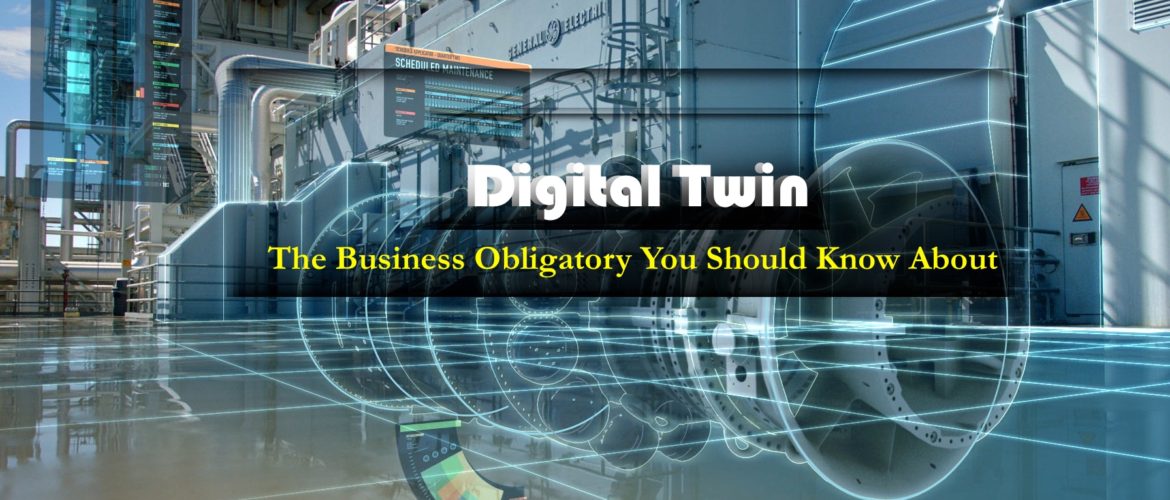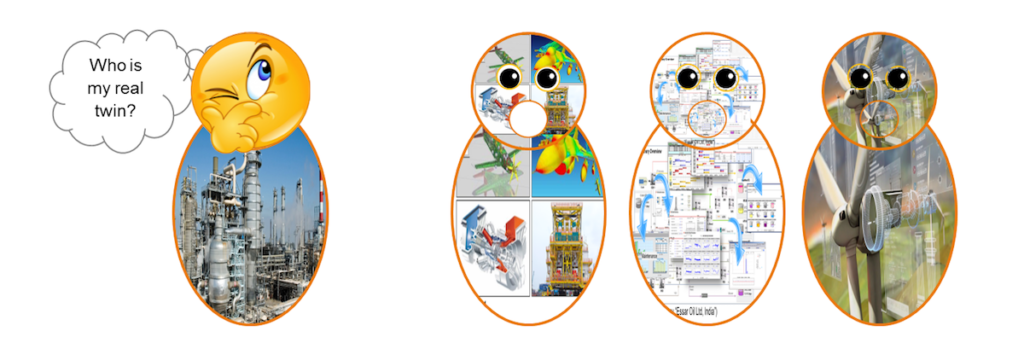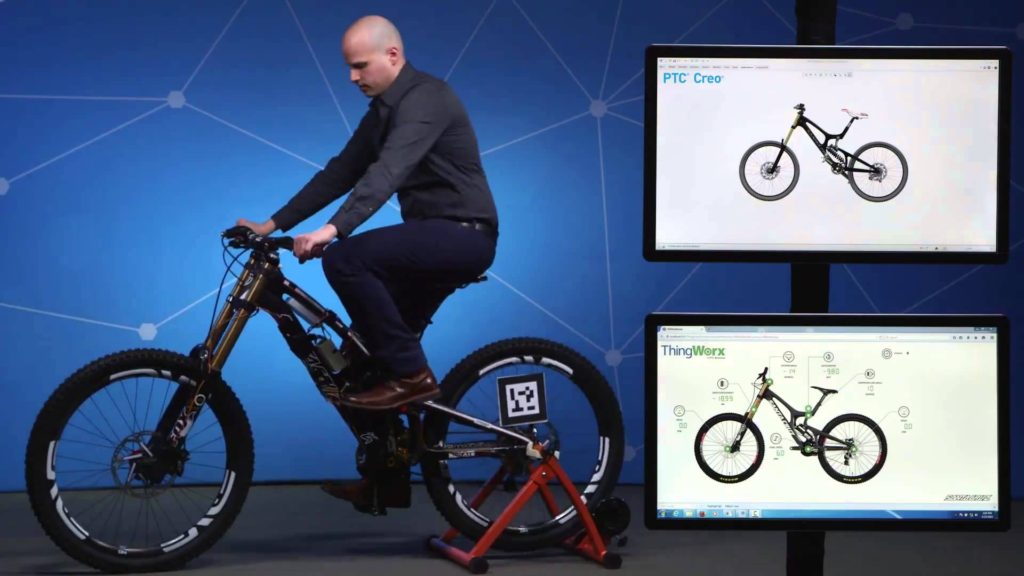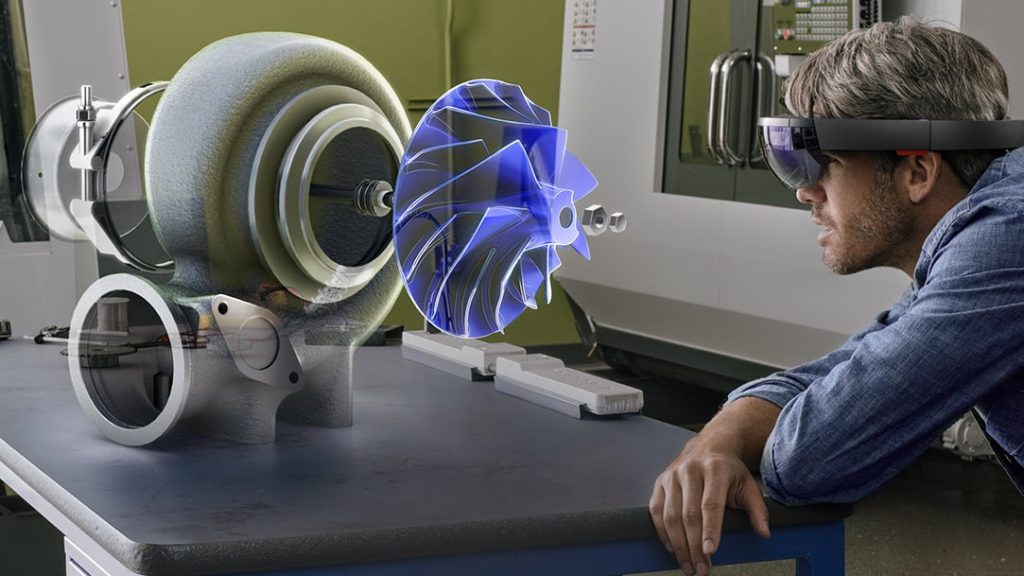While the concept of a digital twin has been around since last decade, it’s only thanks to the Internet of Things (IoT) that it has become cost-effective to implement. Last October, Gartner released their Top 10 Strategic Technology Trends for 2017. Fifth on the list: digital twins. So, what are digital twins? And why are companies so excited about them?
Quite simply, a digital twin is a virtual model of a process, product or service. This pairing of the virtual and physical worlds allows analysis of data and monitoring of systems to head off problems before they even occur, prevent downtime, develop new opportunities and even plan for the future by using simulations. The following is a basic primer to digital twins and what they can do for your business.
What Is A Digital Twin & How It Works?
Think of a digital twin as a bridge between the physical and digital world. Simply put, a digital twin can be best described as a ‘Virtual model of a product, service or a process’. This innovative pairing of the physical and virtual worlds together opens doors for monitoring of systems and analysis of data that help in warding off glitches/problems even before they occur. This further results in preventing downtime, development of new opportunities and even plan for the future ahead by making use of simulations.
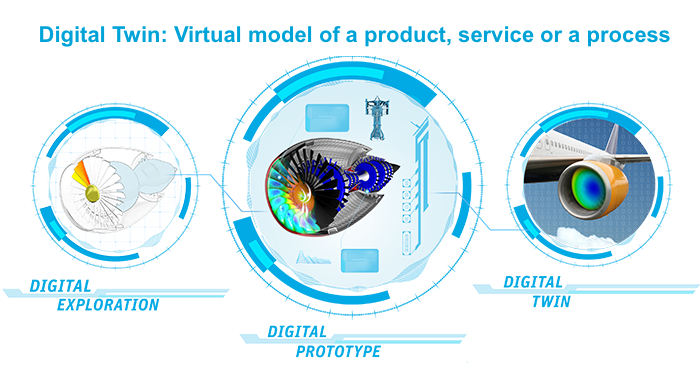
First, smart components that use sensors to gather data about real-time status, working condition, or position are integrated with a physical item. The components are connected to a cloud-based system that receives and processes all the data that sensors monitor. This input is analyzed against business and other contextual data.
In other words, sensors connected to the physical product can collect data and send it back to the digital twin, and their interaction can help optimize the product’s performance. For example, sensors might detect when a car’s engine oil needs changing, and the car’s digital twin will have an overlay image indicating the new information, which can appear on the owner’s smartphone or the manufacturer’s PLM system.
Lessons are learned and opportunities are uncovered within the virtual environment that can be applied to the physical world — ultimately to transform your business.
Why is Digital Twin Helpful?
The Digital Twin is then used in specified analytics workflow to enable the delivery of a specific business outcome, using environmental and operational data that is consistently acquired. This consistent data flow permits the Digital Twin model to continually adapt to changes in the environment or operations and deliver the best business outcome. Thus, the Digital Twin essentially becomes a living model of the physical asset or system. These twins can also be rapidly and easily scaled for quick deployment for other, similar applications.
Digital modeling like computer-aided design (CAD) has long been used in industries like engineering, where it’s useful to design a house or building in digital form to see how it will function in certain conditions, and whether the design is safe and up to code for real life. But digital twins take that modeling to a whole new level, allowing engineers to test how the house is continuing to withstand the elements, and monitor which parts of the building may need to be replaced, or what safety issues might occur in the future — without ever visiting the house itself.
What challenges does it solve?
Think about a product lifecycle
- DESIGN – Engineering: Dealing with complex product requirements, rapid development cycles, stringent regulatory requirements. Need to do things like
- Explore the impact of various design alternatives
- Do simulations and testing to ensure that product designs will meet requirement
- BUILD – Manufacturing: Dealing with demands for better efficiency, quality, and yield. Need to do things like
- Understand how a projected change to a manufacturing process might impact costs or schedule
- OPERATE – Operations and Service: Dealing with demands for uptime, worker safety, greater efficiency. Need to do things like
- (Operations technicians) see the current operating status along with any recent alarms and maintenance performed on a machine
- (Service technicians) be instructed on how to perform proper maintenance procedures, for the specific problem they’re addressing
Augmented Reality + IoT and Digital Twin
The physical world has already gone through a revolution—especially in industrial use cases—where we can instrument machines and equipment with sensors and actuators. Industrial organizations can now monitor and control systems digitally. By connecting this to digital twins, organizations can also start to accumulate information about the operation of the physical system it is connected to. Now that billions of objects can be linked together — connecting data and knowledge in real time — models can be created that are true to life.
The same data can produce 3D objects and images overlaid with real-time sensor data can be used in augmented reality (AR) applications for product maintenance and field service. In AR, the digital twin must be able to follow the product’s location and movement.
PTC’s ThingWorx is one of the best example of it. ThingWorx reduces the time, cost, and risk required to build innovative Machine-
Imagine… You have an airplane engine with sensors and loads of sophisticated parts and technology as in the case of Rolls-Royce and Microsoft collaboration.
What if you could make a fully virtual replica of engine and “functions” as the real engine would do but then in a virtual form. It’s a digital twin and act like the real thing, that would help us in detecting possible issues, test new settings, simulate all kinds of scenarios, analyze whatever needs to be analyzed, in fact, do pretty much everything we want in a virtual or digital environment, knowing that what we do with that digital twin also would happen when doing it with the ‘real’ physical asset. In the airplane or automobile industry, for instance, digital twins can help keep vehicles safe by monitoring which systems or parts need to be replaced and alerting relevant teams to make the change.
With a digital twin, your business can integrate the insights generated in a system, allow visibility into current and future machine states, and trigger appropriate remedial business workflows.

